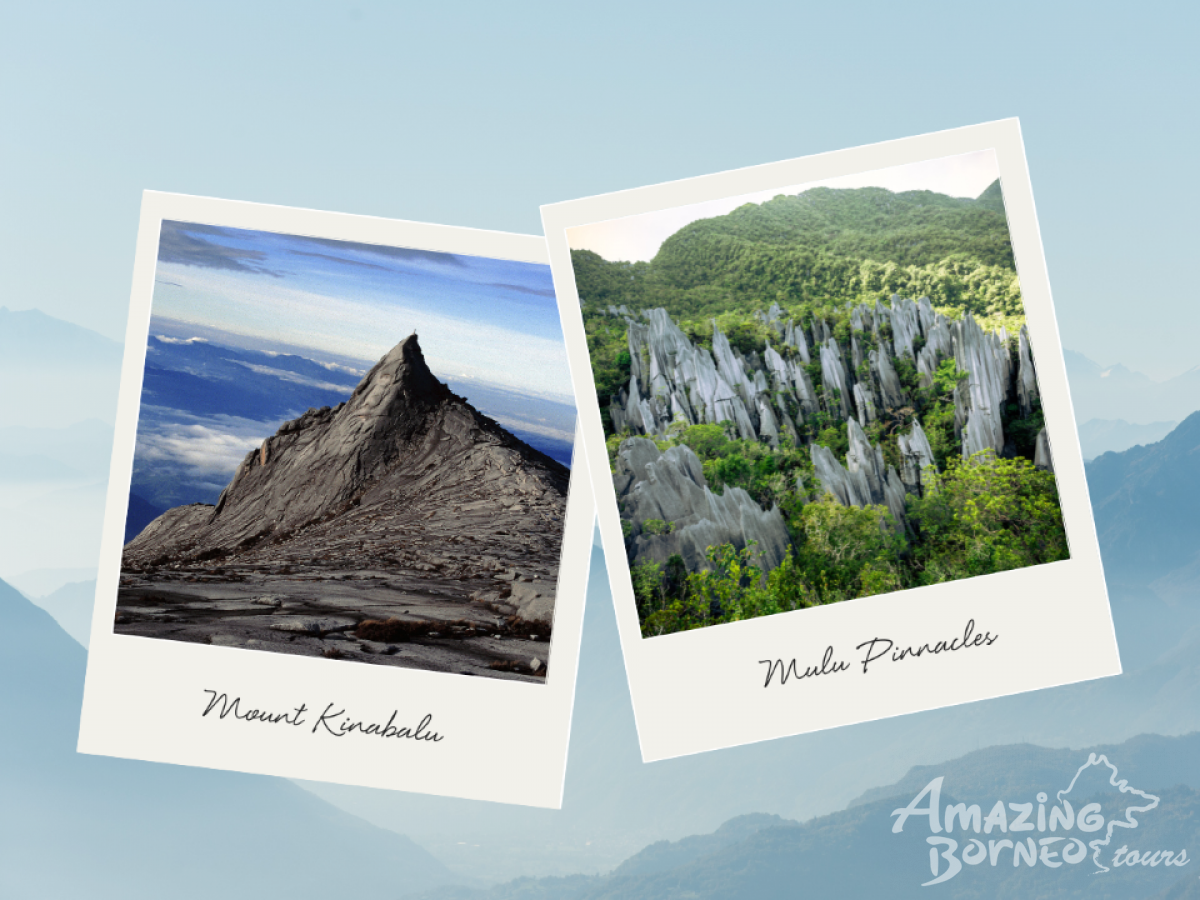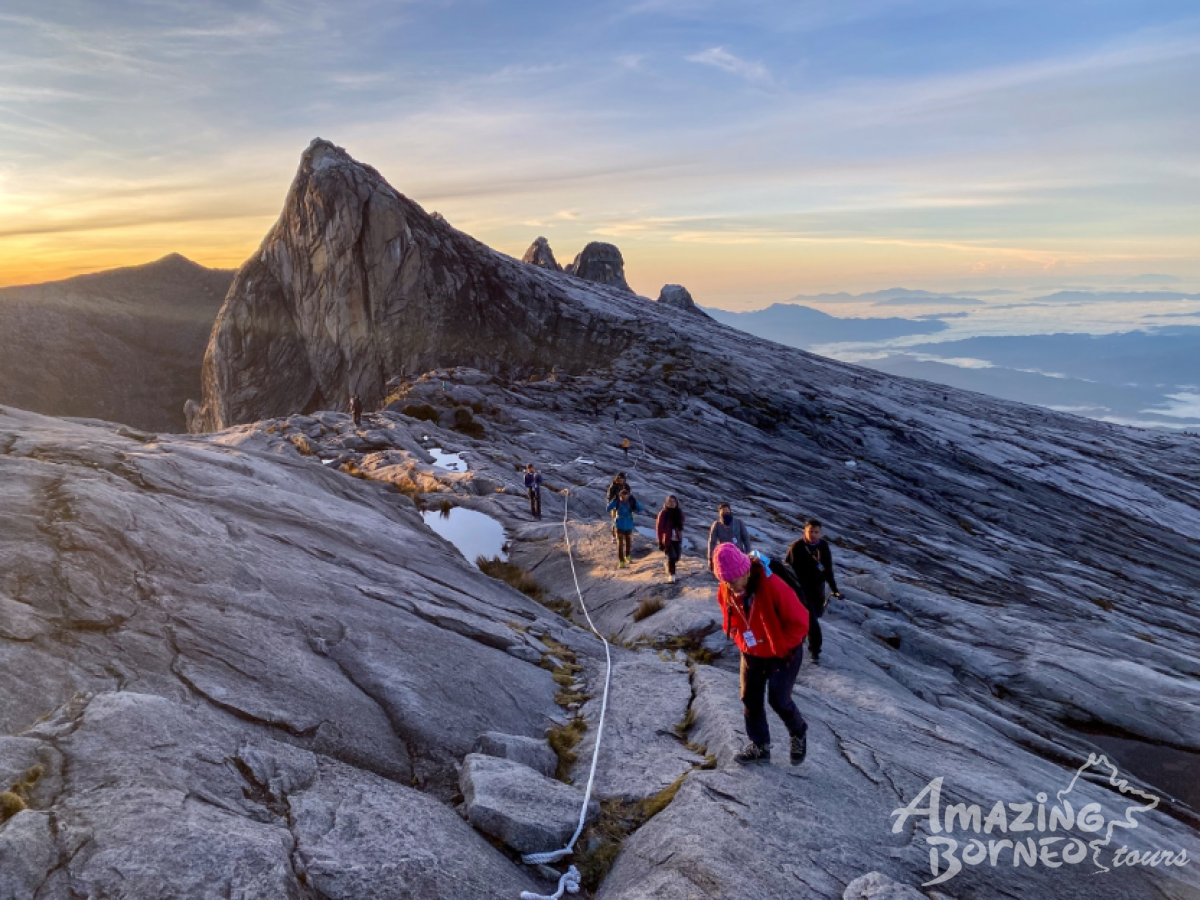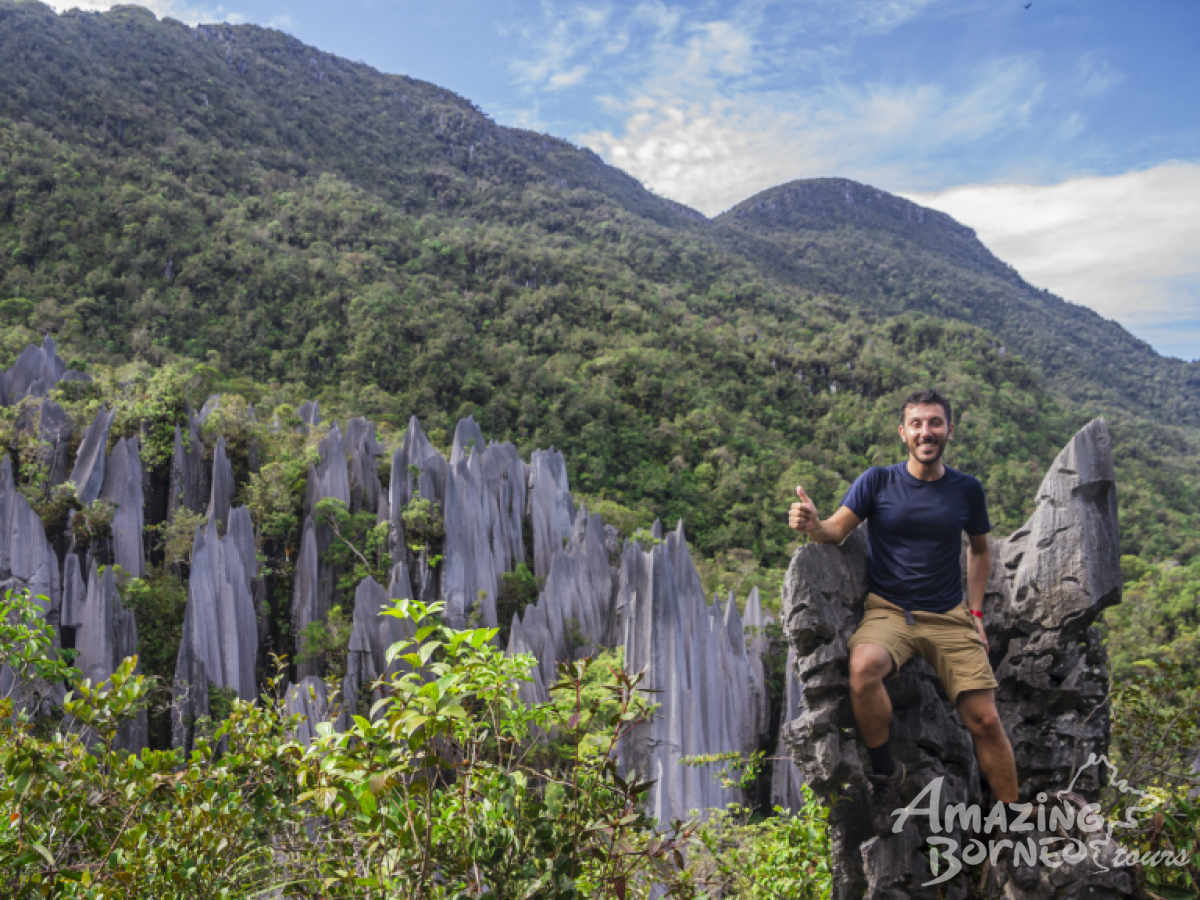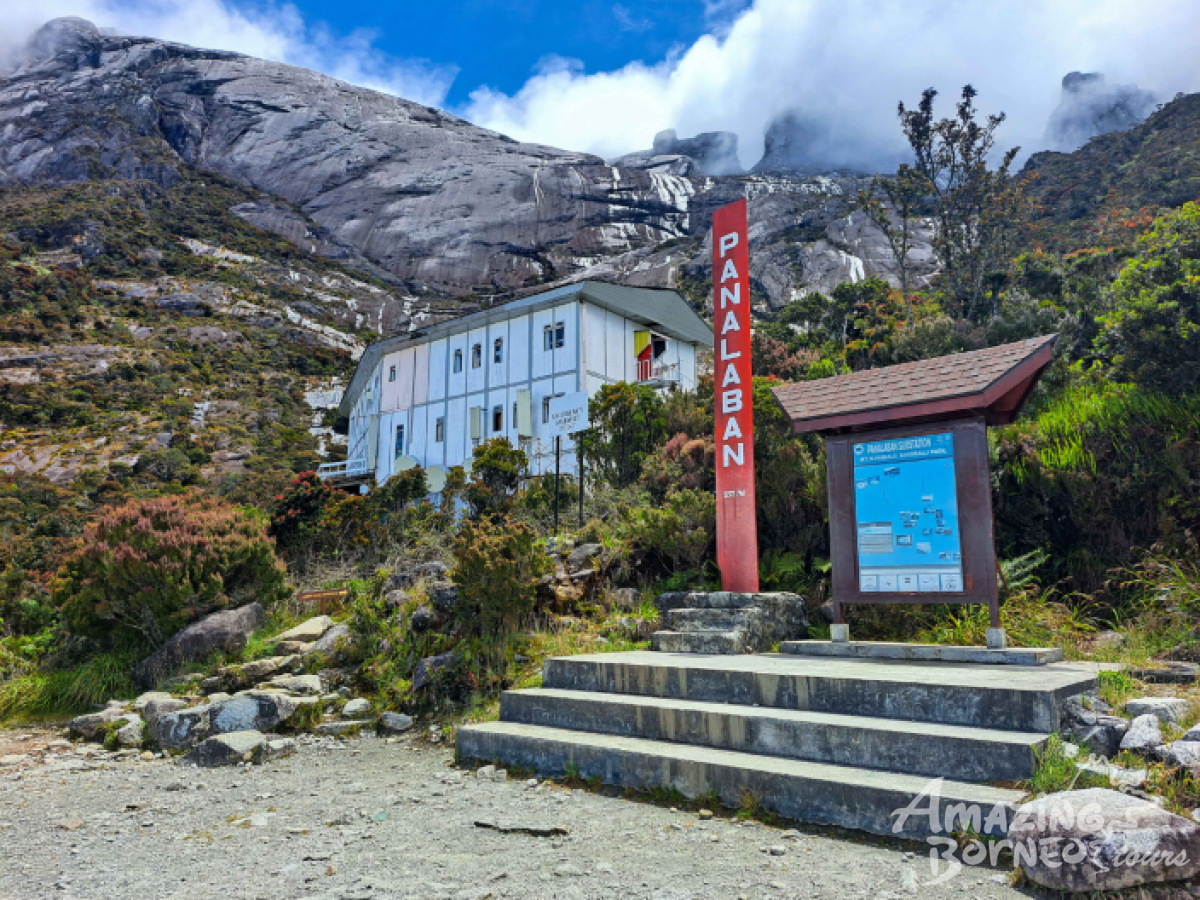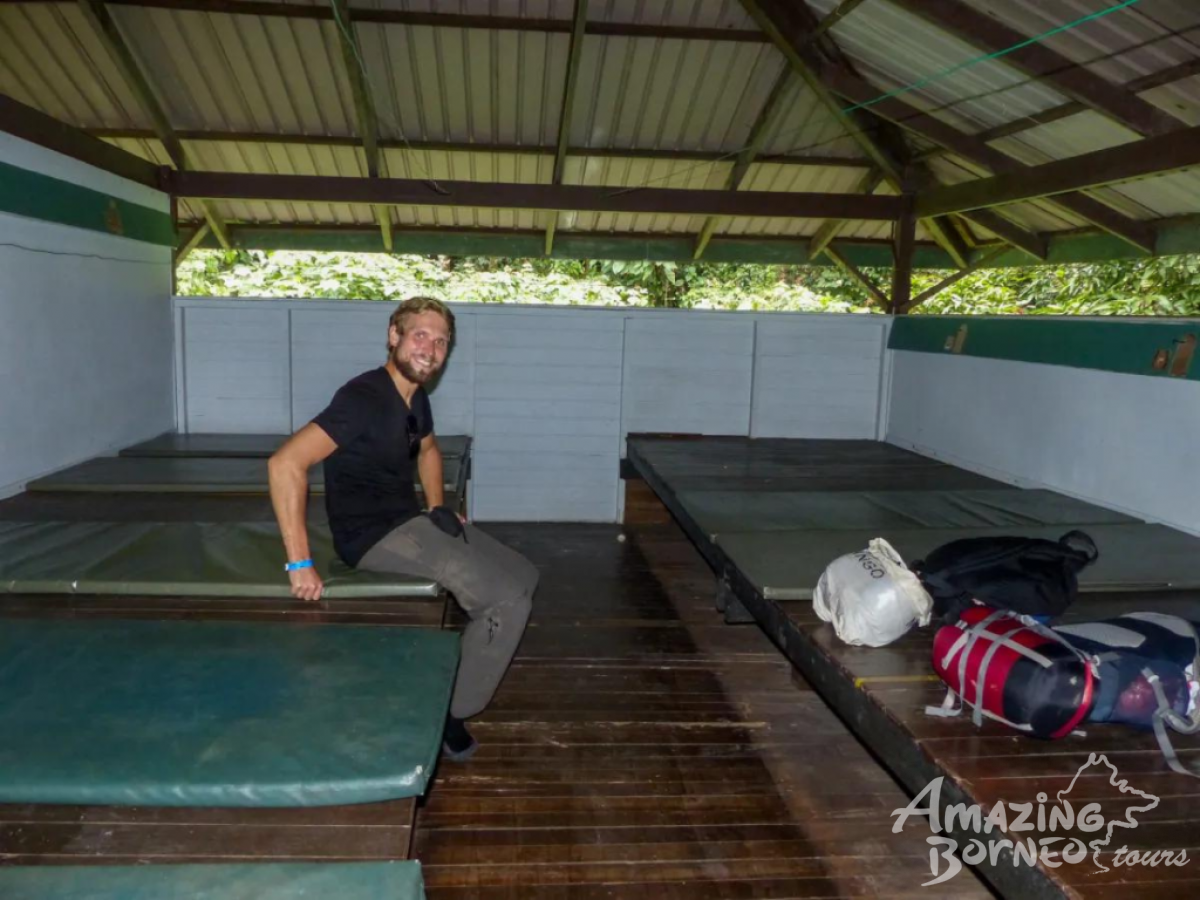For those who have conquered the mighty Mount Kinabalu, Southeast Asia’s tallest peak, the natural question is – what's next? If you're looking for a new challenge that offers a steeper and more technical climb in a more remote and adventurous setting, the Mulu Pinnacles in Mulu National Park is your answer.
In this guide, we’ll compare the experiences of Mount Kinabalu and Mulu Pinnacles, explore the accommodations, offer practical advice on what to pack, and explain why the Mulu Pinnacles should be the next step in your climbing journey!
- Overview: Mount Kinabalu vs Mulu Pinnacles
- Climbing Experience: What to Expect
- Accommodation: Panalaban Basecamp vs Camp 5
- Practical Considerations: What to Pack and When to Go
- Why Mulu Pinnacles Should Be Your Next Climb
- Which Should You Choose?
- Conclusion
- FAQs
Overview: Mount Kinabalu vs Mulu Pinnacles
For those who have successfully climbed Mount Kinabalu, the Mulu Pinnacles trek offers a fresh set of challenges. Below is a quick comparison of these two iconic treks in Borneo:
| Feature | Mount Kinabalu | Mulu Pinnacles |
| Elevation | 4,095 metres (13,435 feet) | 1,200 metres (3,937 feet) |
| Duration | 2 days, 1 night | 3 days, 2 nights |
| Difficulty Level | Moderate to hard (steep terrain, high altitude) | Very hard (steep climbs, technical sections) |
| Scenery | Alpine meadows, granite summit, tropical rainforest | Sharp limestone pinnacles, dense rainforest, ancient caves |
| Climbing Experience | Gradual ascent with rest points and overnight stay | Steep, technical climbs with rope-assisted sections |
| Altitude Sickness Risk | High (due to elevation) | Low (lower altitude) |
Climbing Experience: What to Expect
Mount Kinabalu: A High-Altitude Challenge for All Ages
Mount Kinabalu is a beginner-friendly yet physically demanding climb, with a well-maintained trail and clear paths. It is popular with climbers of all ages, with some as young as 7 and as old as 80 reaching the summit. The climb starts at Timpohon Gate, leading through lush tropical rainforests and alpine meadows, eventually reaching the granite peak at Low’s Peak.
Climbers typically break the journey with an overnight stay at Panalaban Basecamp before making the final ascent at dawn to witness a spectacular sunrise over Borneo.
Why Mount Kinabalu Appeals to Climbers:
- Beginner-Friendly: Accessible for a wide range of climbers, including beginners.
- All Ages Welcome: Climbers from various age groups have successfully completed the trek.
- Scenic Diversity: The trail offers a transition from tropical rainforest to stunning granite peaks, providing a diverse experience in a relatively short period.
Challenges:
- Altitude Sickness: The high elevation makes altitude sickness a risk for many climbers.
- Popularity: As one of the most popular climbs in Southeast Asia, the trail can get crowded, especially during peak seasons.
Curious about climbing Mount Kinabalu? Watch this video to learn about all Mount Kinabalu Climb packages:
Mulu Pinnacles: A Technical and Rugged Climb
If you’ve already conquered Mount Kinabalu and are seeking a more technical and challenging adventure, the Mulu Pinnacles are perfect for you. Located in Mulu National Park, Sarawak, the Pinnacles trek is shorter in height but much steeper and more difficult. The journey starts with a boat ride through dense rainforests to Camp 5, where climbers spend the night before tackling the near-vertical climb to the Pinnacles Viewpoint.
The trek to the Mulu Pinnacles is both physically demanding and requires technical climbing skills, with rope-assisted climbs over sharp limestone rocks.
Why Mulu Pinnacles Entices Experienced Climbers:
- Steeper and More Technical: The climb is shorter but far steeper, requiring climbers to scramble and use ropes for support.
- Unique Limestone Spires: The view of the sharp limestone pinnacles piercing through the jungle canopy is unlike anything you’ll see on Kinabalu.
- Remote Wilderness: The entire trek takes place deep in the Borneo rainforest, offering a more isolated and immersive experience compared to the well-supported Kinabalu trail.
Challenges:
- Physical Difficulty: This is not a beginner’s trek. The steep ascent and rugged terrain make this an adventure for experienced climbers.
- Logistics: Mulu Pinnacles is much more remote, requiring a flight and a boat journey to reach the starting point at Camp 5.
Sounds like your kind of adventure? Learn more about the Mulu Pinnacles climb here.
Accommodation: Panalaban Basecamp vs. Camp 5
Panalaban Basecamp (Mount Kinabalu)
Perched at 3,270 meters, Panalaban Basecamp serves as the rest stop before your final push to Low’s Peak. The accommodation here is relatively comfortable for a mountain setting, with bunk beds, hot meals, and shared facilities. Huts such as Laban Rata Resthouse even offer heated rooms—a welcome comfort after a long day of trekking.
- Facilities: Heated rooms (in some huts), buffet-style meals, cold showers, and basic bathrooms.
- Atmosphere: Cozy, with a communal dining area and stunning views of the surrounding mountain range.
- Best for: Climbers seeking comfort at altitude with plenty of support along the way.
Camp 5 (Mulu Pinnacles)
Camp 5, on the other hand, is a more rustic, back-to-nature experience. Located deep within the Mulu National Park, Camp 5 provides basic, open-air dormitory-style accommodations where climbers sleep on mats or thin mattresses. There are no heated rooms or dining halls here—climbers must bring their own food and cook using the camp’s basic facilities.
- Facilities: Cold showers, open dormitories, and communal kitchen spaces.
- Atmosphere: Remote and rugged, with stunning views of the Melinau Gorge and surrounding rainforest.
- Best for: Adventurers who appreciate a minimalist, self-sufficient camping experience deep in the jungle.
Key Differences in Accommodation
| Feature | Panalaban Basecamp (Mount Kinabalu) | Camp 5 (Mulu Pinnacles) |
| Location | 3,270 metres (10,730 feet) on Mount Kinabalu | In the heart of the rainforest, near Mulu Pinnacles |
| Comfort Level | Moderate, heated rooms available in some huts | Basic, open dormitory with no heating |
| Facilities | Basic bathrooms, cold showers, limited electricity | Cold showers, communal kitchen, and toilets |
| Atmosphere | More structured and comfortable for a mountain basecamp | Rustic, back-to-nature, and communal |
| Suitable For | Beginners and those seeking more comfort and support | Adventurers who enjoy wilderness experiences and self-sufficiency |
Watch our video for what to expect on your Mulu Pinnacles climb:
Practical Considerations: What to Pack and When to Go
Mount Kinabalu Packing List:
- Warm layers (for the cold, especially at higher altitudes)
- Headlamp (for the early morning summit push)
- Waterproof jacket (rain is common, especially in the lower sections)
- Energy snacks for the climb
- Cash (for food or supplies at basecamp)
Mulu Pinnacles Packing List:
- Trekking poles (helpful for navigating the steep, rocky terrain)
- Gloves (to grip ropes during the climb)
- Food supplies (for meals at Camp 5, as no food is provided)
- Rain gear (the jungle is humid and rains frequently)
- Sturdy shoes (the rocky terrain can be tough on your feet)
Best Times to Climb:
- Mount Kinabalu: The best months are between March and August when the weather is drier. Avoid the monsoon season from November to February.
- Mulu Pinnacles: The dry season, between March and October, is the best time to tackle the Pinnacles. The rainy season can make the climb slippery and treacherous.
Haven’t yet conquered the peaks of Mount Kinabalu? Book your 2D1N Mount Kinabalu Climb with Amazing Borneo!
Why Mulu Pinnacles Should Be Your Next Climb After Mount Kinabalu
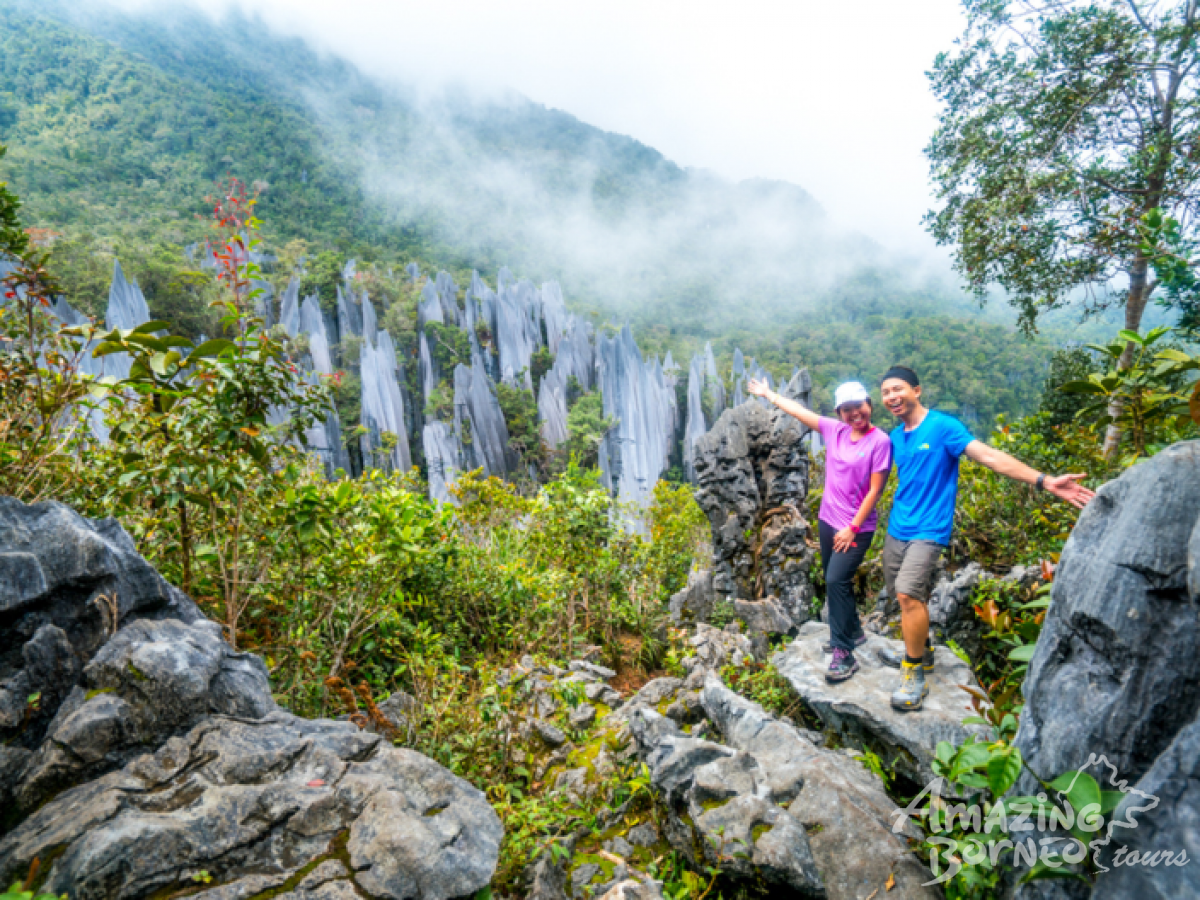
1. A New Challenge for Experienced Climbers
While Mount Kinabalu offers a more accessible high-altitude climb, the Mulu Pinnacles present a steeper and more technical challenge. With near-vertical sections requiring ropes, this trek will test your strength, endurance, and climbing skills.
2. Explore a Remote Wilderness
The Mulu Pinnacles trek takes you deep into Borneo’s remote rainforests, where you’ll experience an isolated and immersive adventure. Far from the more touristy Mount Kinabalu, this climb gives you the chance to explore untouched wilderness in a truly unique setting.
3. Unique Limestone Pinnacles
The sharp limestone pinnacles you’ll see at the end of the trek are unlike anything else in Southeast Asia. The surreal landscape offers an otherworldly view, completely different from the granite slopes of Mount Kinabalu.
4. Lower Altitude, Less Altitude Sickness
At 1,200 metres, the Mulu Pinnacles pose a much lower risk of altitude sickness compared to Mount Kinabalu. This allows climbers to focus on the physical and technical aspects of the climb without worrying about acclimatisation.
Mulu National Park is home to an impressive array of world-record-breaking caves! Watch our video to learn more about the Mulu Show Caves:
Which Should You Choose?
Both Mount Kinabalu and the Mulu Pinnacles offer unique and memorable experiences, but they cater to different types of adventurers.
- Mount Kinabalu: Ideal for beginners and those looking for a well-supported, high-altitude challenge with breathtaking summit views.
- Mulu Pinnacles: Perfect for experienced climbers seeking a steeper, more technical challenge in a remote and wild setting.
Conclusion: Ready for Your Next Borneo Climbing Challenge?
If you’ve already scaled the heights of Mount Kinabalu, it’s time to take on the next adventure – Mulu Pinnacles. With its steep, technical terrain, remote location, and jaw-dropping limestone scenery, the Pinnacles are the ultimate next step for climbers looking to push their limits. Start planning your next Borneo adventure and challenge yourself with the ultimate jungle trek today!
Ready to tackle Mulu Pinnacles? Book your 4D3N Mulu Pinnacles Climb today!
FAQs
-
What is the best time to climb Mulu Pinnacles?
The best time to climb the Mulu Pinnacles is during the dry season, which runs from March to October. Avoid the rainy season, as the limestone rocks can become very slippery.
-
Do I need technical climbing experience for Mulu Pinnacles?
While you don’t need professional climbing experience, the Mulu Pinnacles trek is steep and requires the use of ropes in some sections. Good physical fitness and experience with challenging hikes are recommended.
-
How do I reach Mulu National Park?
To reach Mulu National Park, take a flight to Miri, Sarawak, and then a connecting flight to Mulu Airport. From there, you will need to take a longboat to Camp 5 for the Pinnacles trek.
-
What are the risks of altitude sickness on the Mulu Pinnacles trek?
Unlike Mount Kinabalu, the Mulu Pinnacles are at a much lower altitude (1,200 metres), so the risk of altitude sickness is very low. The main challenge is the physical exertion required for the steep climb.
-
Is it safe to climb Mount Kinabalu or Mulu Pinnacles without experience?
Mulu Pinnacles is quite a technical climb and require climbers to be physically fit and comfortable with steeper, more challenging terrain. While Mount Kinabalu is a beginner-friendly climb that can be completed without prior experience, some precaution is still advised. Watch our video:

